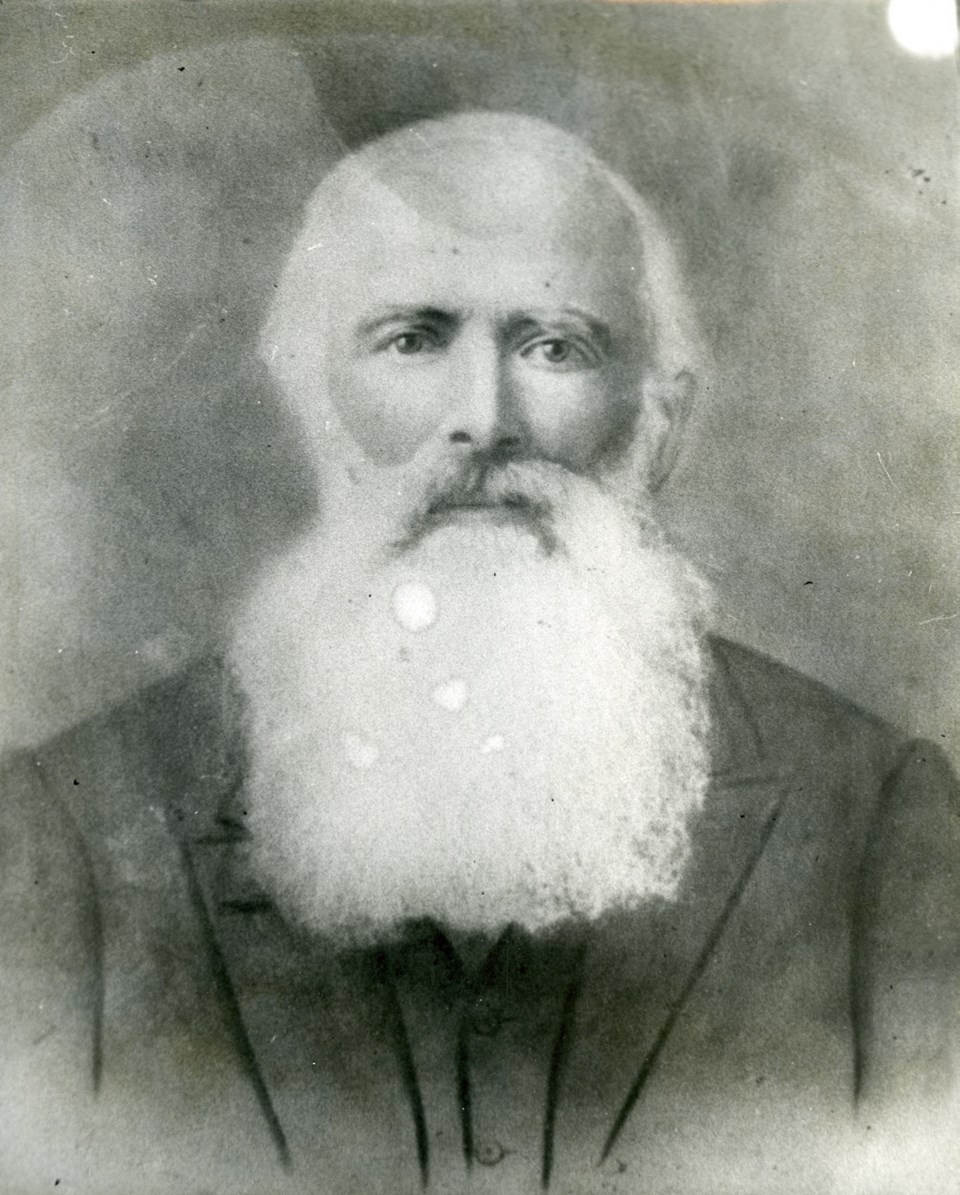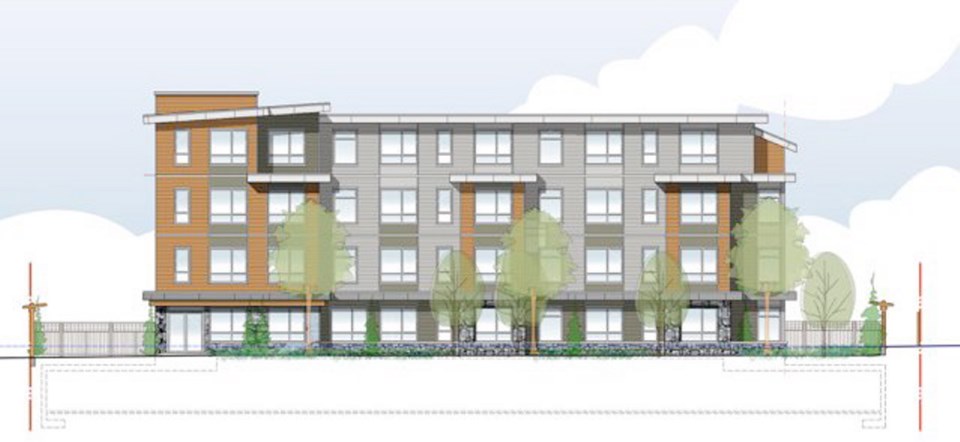The Verdier house at 7247 West Saanich Rd. carries cultural, architectural and historic significance in Brentwood Bay and the whole of the Saanich Peninsula.
A report by Donald Luxton & Associates prepared for the developer who plans to move the 1911 house and build affordable housing and townhouses in its place makes clear that the dwelling is more than “an outstanding example of an Edwardian-era Arts and Crafts residence.”

The family history related to former occupants of the house constitutes a who’s who of Peninsula surnames widely known to this day such as Stelly and Michell. The first owner, Frank Verdier, was “instrumental in charting the route for the Malahat Drive on the Island Highway.”
Brothers Etienne and Alphonse Verdier were among the first European settlers on the Peninsula, arriving in Victoria in 1858 as young men in their 20s after first travelling to California for the Gold Rush.
“Originally from Toulouse, France, the brothers settled on the Saanich Peninsula shortly after their arrival on Vancouver Island,” says the Luxton report. “Etienne and his wife, Honora Kilroy, took up residence on the George Stelly farm with their family, which grew to consist of four sons and two daughters. Son Francis (Frank) later purchased the original George Stelly farm, renaming it the Verdier Farm. He subdivided his 60-hectare farm during the Edwardian era, selling off over 100 parcels of land.”
The Daily Colonist of March 17, 1911, reported that: “The active buying in the Saanich Peninsula is still being maintained … Verdier Ranch, comprising over 100 parcels of land for $65,000 over 150 acres.”
The West Saanich Road house served as “a hallmark of his personal success, and he lived here with his second wife, Julia (née Michell, born 1885), whom he married in 1927,” the Luxton report says. The architect and builder are unknown, but the interior was finished by prestigious Victoria firm Lemon, Gonnason & Company, also known for the interior finishings of the Empress Hotel.
The wood-frame dwelling features a side-gabled roof with front gabled dormer, and a full-width open verandah with decorative balustrades and tapered stone piers, said the statement of significance.
“In addition to his successful real-estate ventures, Frank Verdier, who worked as a logger, played a pivotal role in the forest industry of Vancouver Island,” the report says.
The Shawnigan Lake Museum website notes that Frank was hired by the Victoria Motor Club to “stake out a possible route over the Malahat” in response to pressure since the late 1800s by automobile owners who demanded that the province construct “a decent, direct route to access up-Island communities.”
The province hired surveyors in August 1909, and 17 miles of highway over the mountain were built in 1910 at a cost of $200,000.
The residence also serves as a significant emblem of early 20th-century development of the Peninsula and Brentwood Bay in particular, the Luxton report says.
“Originally a small agricultural settlement, the local population of Brentwood Bay expanded after Brentwood became a stop on the British Columbia Electric Railway. Inaugurated in 1913, the BCER Saanich Interurban line improved transportation throughout the Peninsula.
“Original large farms, such as the Verdier Farm, were subdivided, and country residential properties became more common. The Francis Verdier residence is considered an important component of the cultural heritage of both the Saanich Peninsula and Brentwood Bay.”
Verdier Avenue in Brentwood Bay is named in Frank’s honour.
— Katherine Dedyna



